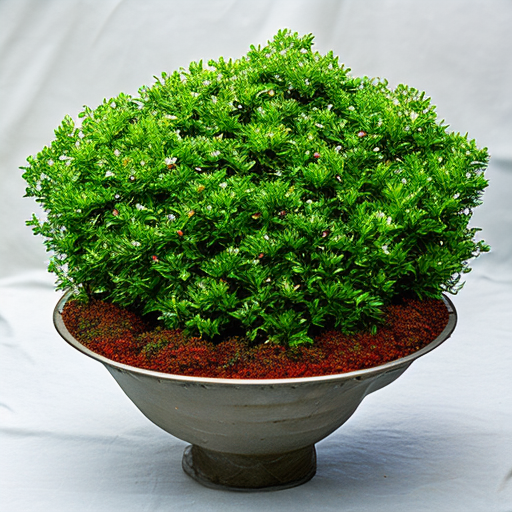Ad Blocker Detected
Our website is made possible by displaying online advertisements to our visitors. Please consider supporting us by disabling your ad blocker.

Rosemary hedges are most effective when made from upright-growing cultivars. However, if you’re looking for a rosemary cultivar with a cascading or creeping habit, then ‘Roman Beauty’ would be a better choice for growing in a rock garden or on top of a wall or balcony. Some of the top cultivars for upright-growing rosemary hedges include
- Tuscan
- Blue, Lady in White
- Majorca Pink
- Miss Jessopp’s Upright
- Spice Islands
- Blue Spires.
Also read: How To Get Rid Of Slugs – 6 Simple Methods That Stop Slugs Fast!
Planting Rosemary
When choosing a location for your rosemary hedge, aim for a slightly sheltered spot in full sun if you live in hardiness zones 8 to 10. Make sure to check the hardiness zone of the cultivar you plan to use to ensure that it can survive your region’s winter weather.
Prepare the site by removing any weeds and ensuring the soil is loose and well-draining. Even though rosemary can tolerate poor soils, it prefers well-draining soil. To keep the hedge weed-free as it grows, create a beveled edge or install edging. This will make future maintenance easier, as you can mow or trim the edge without damaging the hedge.
Dig holes for each plant that are twice the size of the root ball. Gently place each plant in the hole and pack soil around it. If you want a denser hedge, space the plants 35cm apart; for a lighter hedge, space them 50cm apart.
Keep the soil moist for the first few months as the plants become established. Once they have settled in, water them thoroughly in the fall to help them survive the winter. Applying compost or bark mulch around young rosemary plants can help conserve moisture, suppress weed growth, and add visual appeal to your hedge.
Sourcing Rosemary Plants
Rosemary can be propagated either from seed or cuttings. While seeds can take up to 14-21 days to germinate, it can be a cost-effective way to grow multiple plants for a hedge. On the other hand, cuttings can be taken from healthy young stems and rooted in water before transferring them to pots with potting soil to grow until planting time.
Propagating rosemary on your own can be a quick and affordable way to produce several plants for a future hedge. Additionally, you can check with your local nursery to see if they can start seedlings of your desired rosemary cultivar for you, which can be less expensive than buying mature potted plants.
If you want to speed up the process, you can purchase ready-to-go potted plants to have a fragrant and full-grown hedge in a shorter amount of time.
Caring for Your Rosemary Hedge
To achieve successful growth of rosemary, it is best to replicate its natural Mediterranean seaside environment, which entails warm, dry, and well-draining soil. When it comes to companion planting, sage, lavender, carrots, cabbage, and beans are excellent choices for the garden. However, poor air circulation, high humidity, and heavy, damp, clay soils are the enemies of rosemary.
These conditions can lead to diseases like powdery mildew, botrytis, and root rot. While insect pests rarely affect healthy outdoor rosemary plants, they may trouble unhealthy ones. Keep a watchful eye out for whiteflies, aphids, mealybugs, and spider mites.
Pruning and Shaping

Pruning and shaping can benefit rosemary by promoting bushier and healthier growth. To make clean cuts, always use sharp pruners, scissors, and shears. Don’t throw away the cut-off leaves and stems because they can be repurposed in various ways.
The ideal time for pruning and shaping is after the plant has bloomed in the spring. Keep in mind that rosemary blooms on the previous year’s wood. Pruning in the fall or early spring may remove the blossoms that will appear in the following spring.
A Rosemary Hedge is Not Just a Hedge
A rosemary hedge can serve multiple purposes in enhancing outdoor spaces, such as providing structural interest in formal gardens, creating fragrant privacy, and promoting healthy wildlife. Additionally, a rosemary hedge offers more than just landscape value; it also serves as a living source of edible and medicinal delights.
Another Beautiful Hedge Idea

Why not expand your horizon and plant a lavender hedge, if you appreciate the idea of cultivating beautiful, aromatic, and versatile hedges on your land?
Also Read: How To Grow Cucumbers In Pots & Containers – Grow Cucumbers Anywhere!
[mashshare]

